(ECNS) -- The 19th Asian Games concluded on Sunday at the Big Lotus Stadium in Hangzhou, east China's Zhejiang Province, leaving behind a trail of "Enduring Memories of Hangzhou," the theme for the closing ceremony, drawing applause from both athletes and mainstream world media.

Over the past 16 days, China has presented the world a sports feast.
The technical service team at Wenzhou Dragon Boat Center, a venue of the Games, received a total of 21 handwritten thank-you letters in various languages.
Vinod Kumar Tiwari, acting director general of the Olympic Council of Asia, said the Games were "technically one of the finest ever," pointing to the 97 Games records, 26 Asian records and 13 world records.
Chen Weiqiang, executive secretary general of the organizing committee and vice-mayor of Hangzhou, also praised the competition as "the most successful Asian Games in history."
A dazzling closure: where CGI meets reality
The official Olympics website stated that “Hangzhou wraps up Games with spectacular Closing Ceremony.”
Continuing the eco-friendly and high-tech theme of the competition, the closing ceremony featured the first digital turf in Asian Games history, embedded with LED lights.
The ceremony highlighted athletic feats and memorable moments over the course of the competition and celebrated a convergence of sports and culture.
The return of the giant torch bearer, who also helped to douse the flame, echoed the opening ceremony.
It was a "ceremony once again bursting with colour, and marrying technology with human performance," said the South China Morning Post (SCMP).
In another passage, SCMP described the ceremony as having "provided a visually impressive reminder of the technology behind the Games."
According to the Deccan Herald, "The curtains were brought down on a memorable Asian Games with the celebration of the athletes' stupendous feats and China's cultural heritage at a colorful and technologically mesmerizing closing ceremony here on Sunday."
Instead of the overall praise of its cutting-edge technology, the SCMP also marveled at the "impeccably choreographed routines" performed by over 2,000 artists, set against the backdrop of the "digital turf" that weaved in plenty of Computer-Generated imagery wonder.
The Korea Herald noted that the "streamlined ceremony, without the kind of pomposity that often defines these events, ran for just over an hour."
Shiny, new hardware amplifies athletic achievements
Hangzhou's remarkable achievement extended beyond the stunning ceremonies. The city is reported to have built 56 sports facilities and 30 training sites as well as major infrastructure investments for the Games.
Reuters pointed out that the "shiny, new stadiums and crowds free to roam between venues," which has brought a “festive occasion.”
Yasuhiro Nakamori, acting director general for the 2026 Aichi-Nagoya Games, remarked that the Chinese “hardware was wonderful.”
He added that Japan would build only two new venues in comparison, unwilling to splurge as it did for the recent Tokyo Olympics.
China scooped up 201 gold, 111 silver and 71 bronze medals to top the medal table once again.
Highlighting the athletic achievements, Reuters mentioned that "China's swimmers shone" in the pool.
In the eyes of the Korea Herald, "China made it worth the wait for its supporters."
"It was a resounding triumph for the hosts in all aspects," said SCMP.








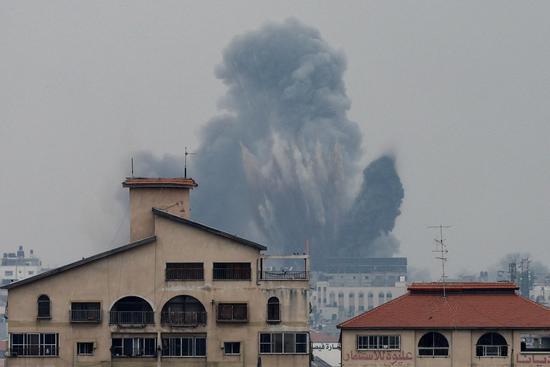


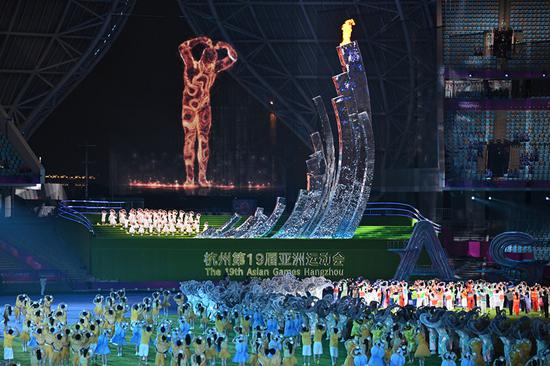
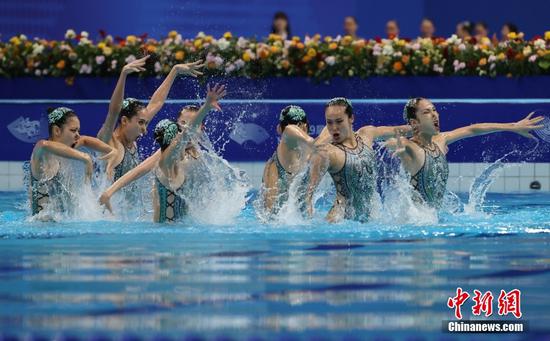

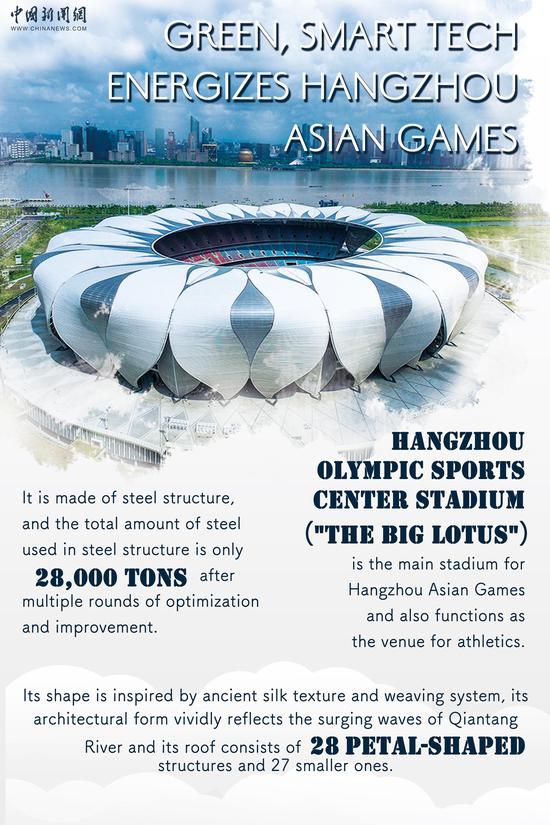
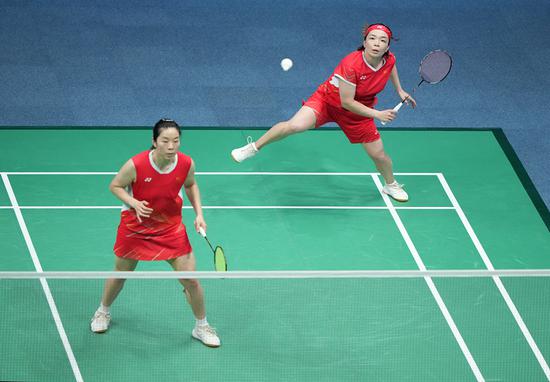
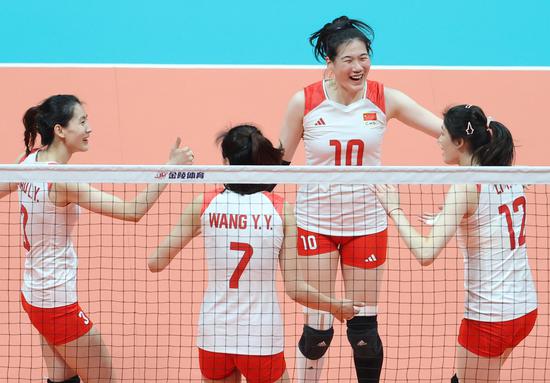

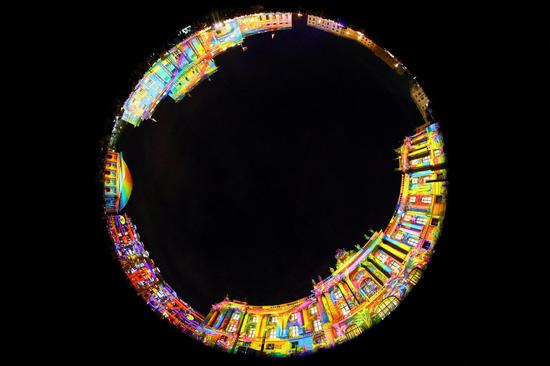
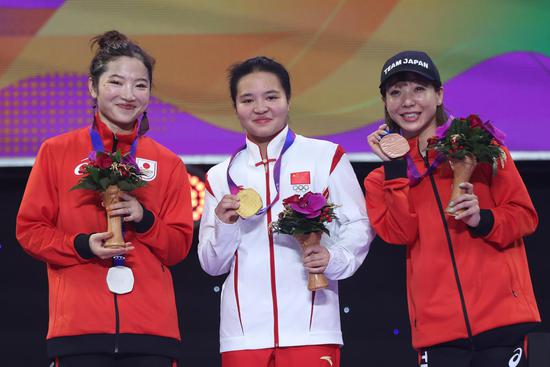

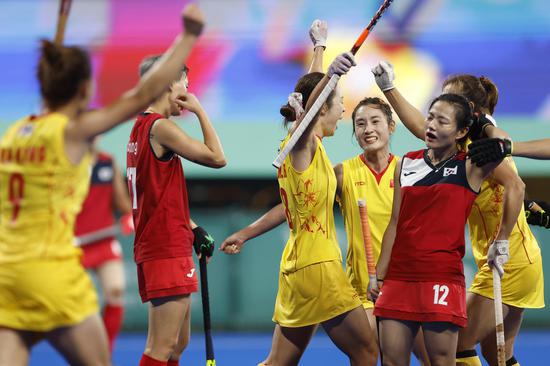

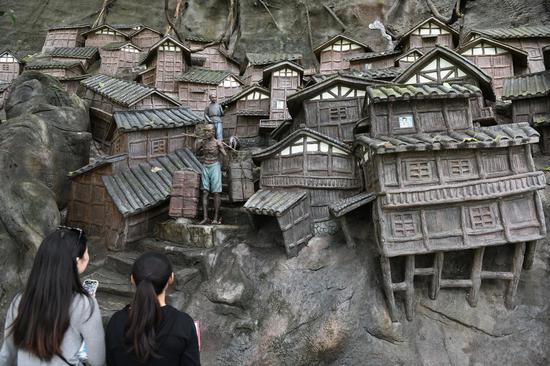
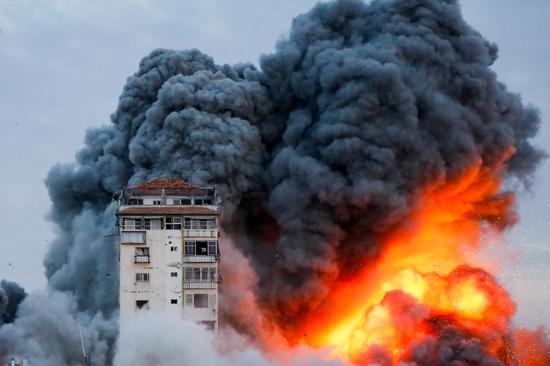




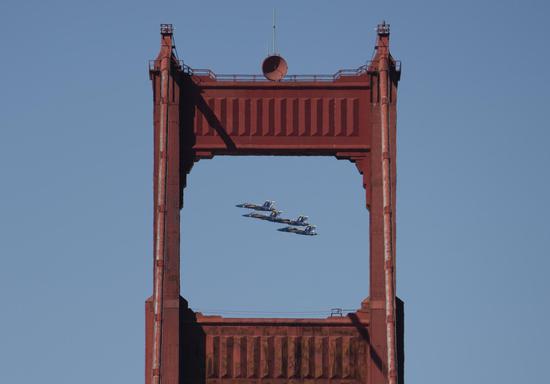
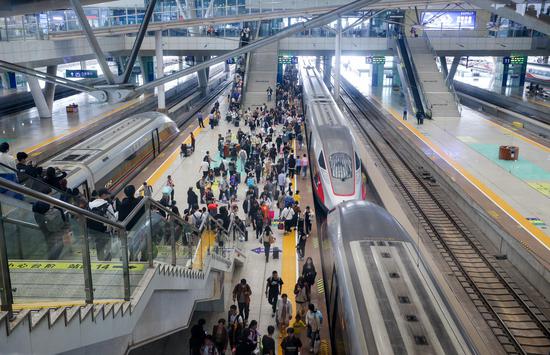
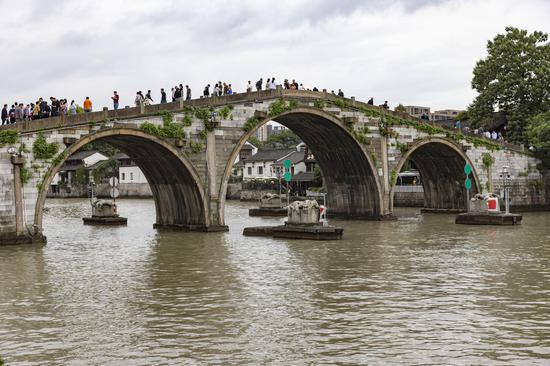

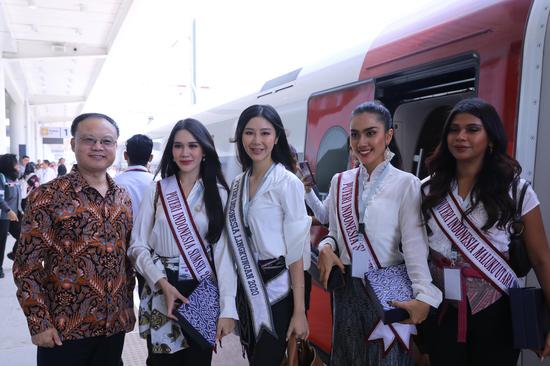
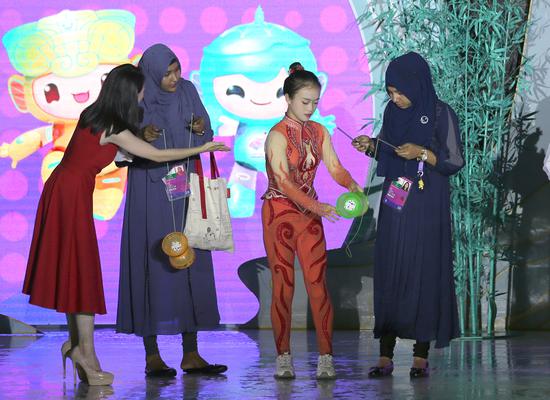
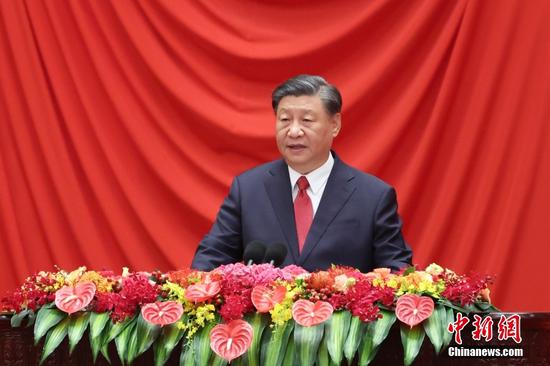
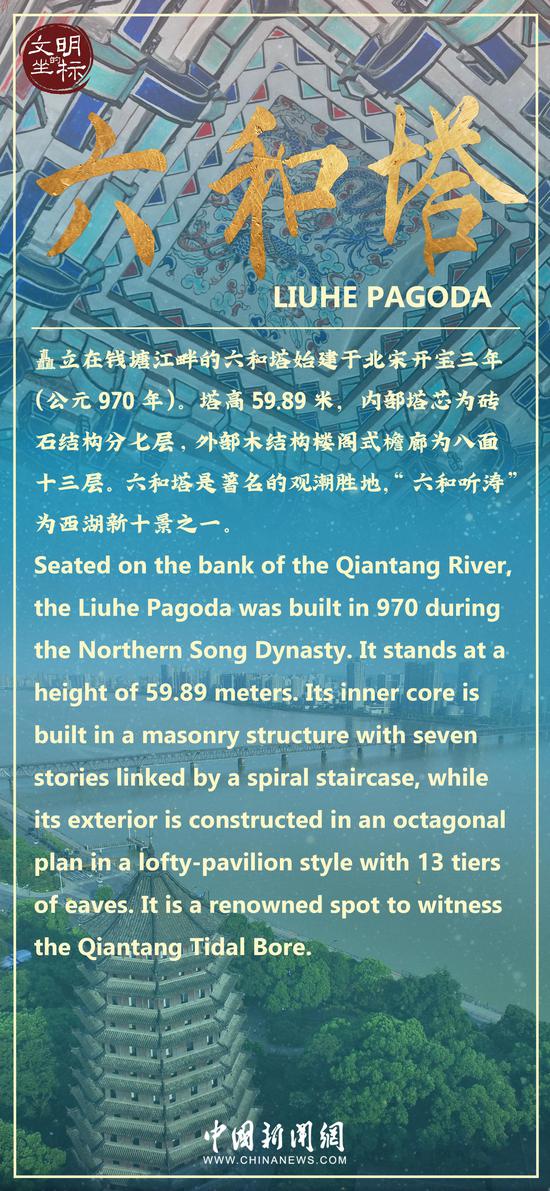

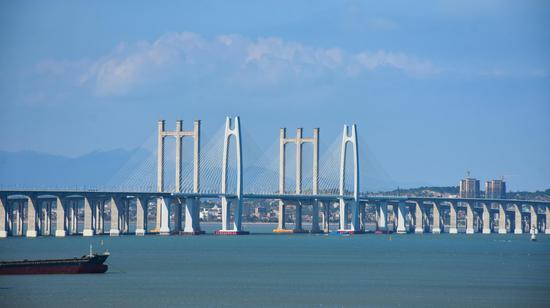
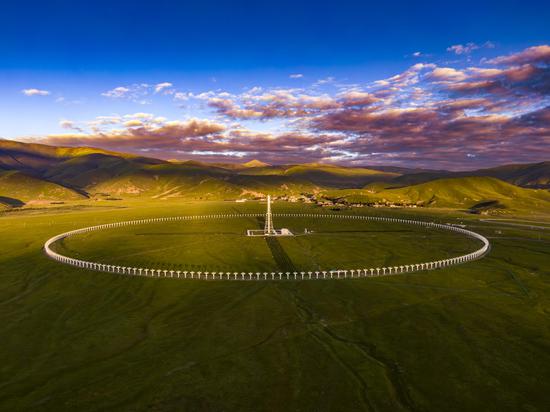

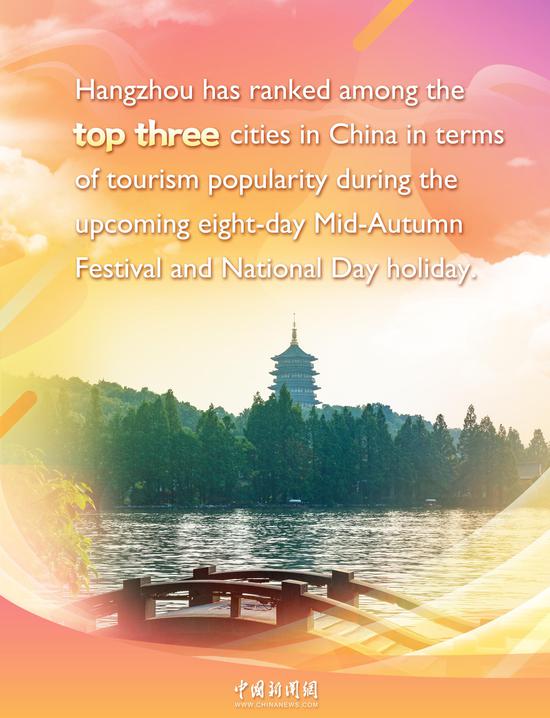
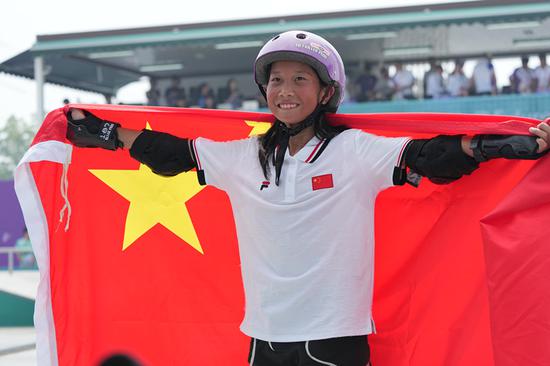

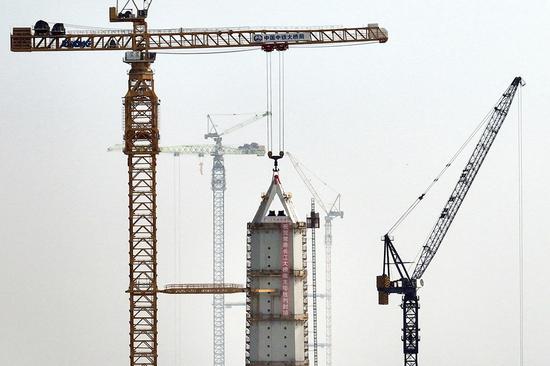



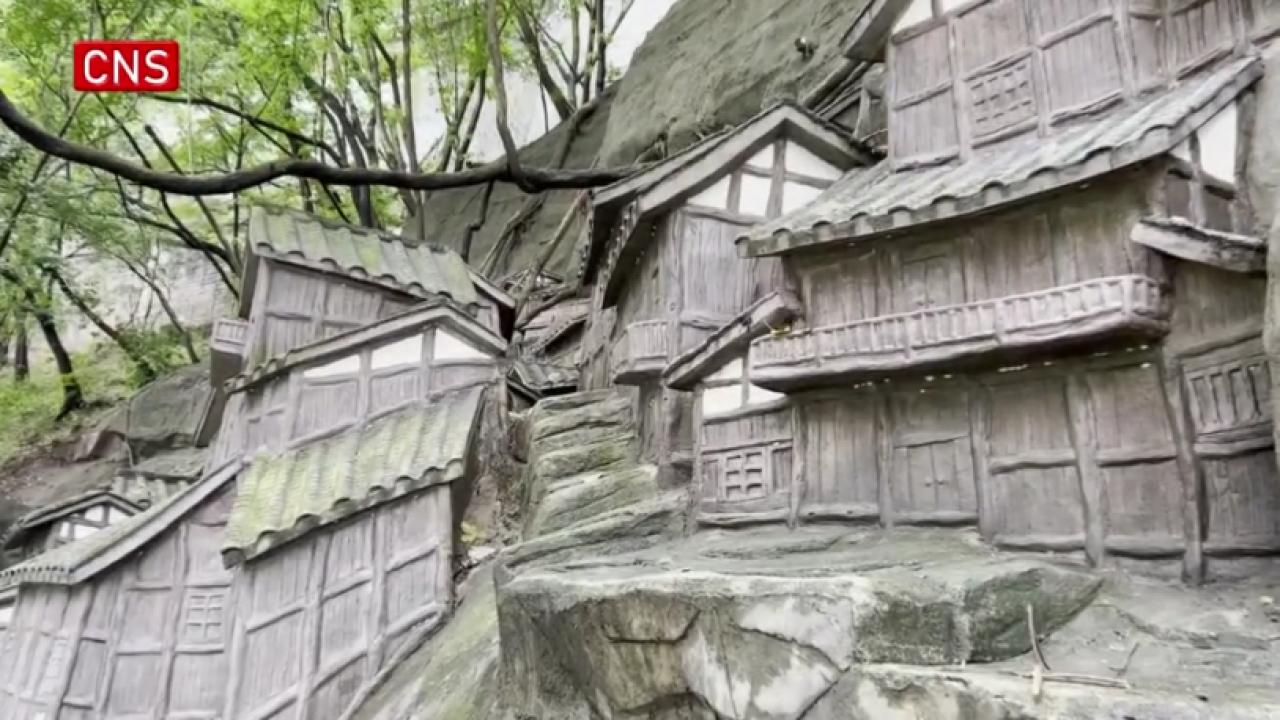

 京公网安备 11010202009201号
京公网安备 11010202009201号